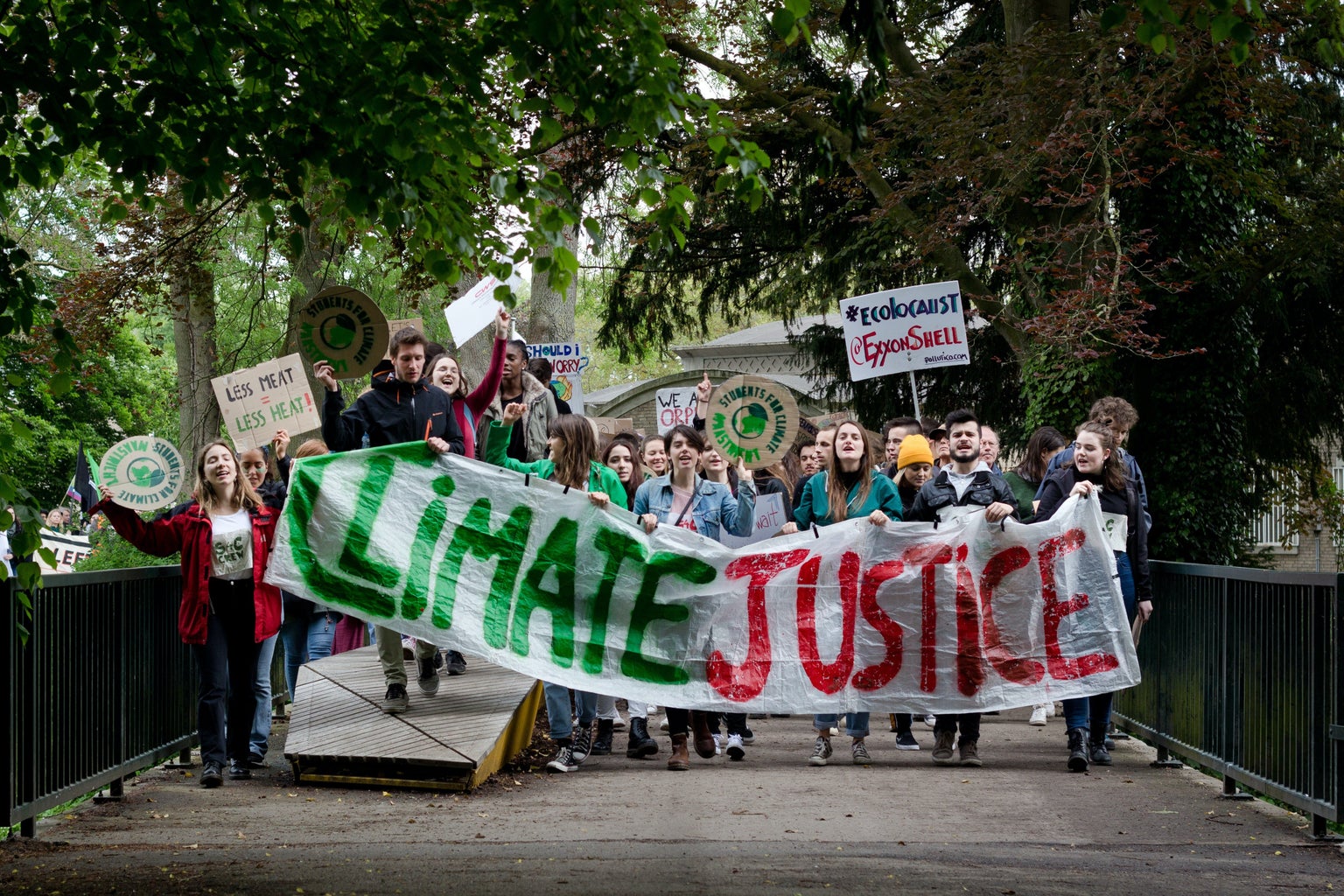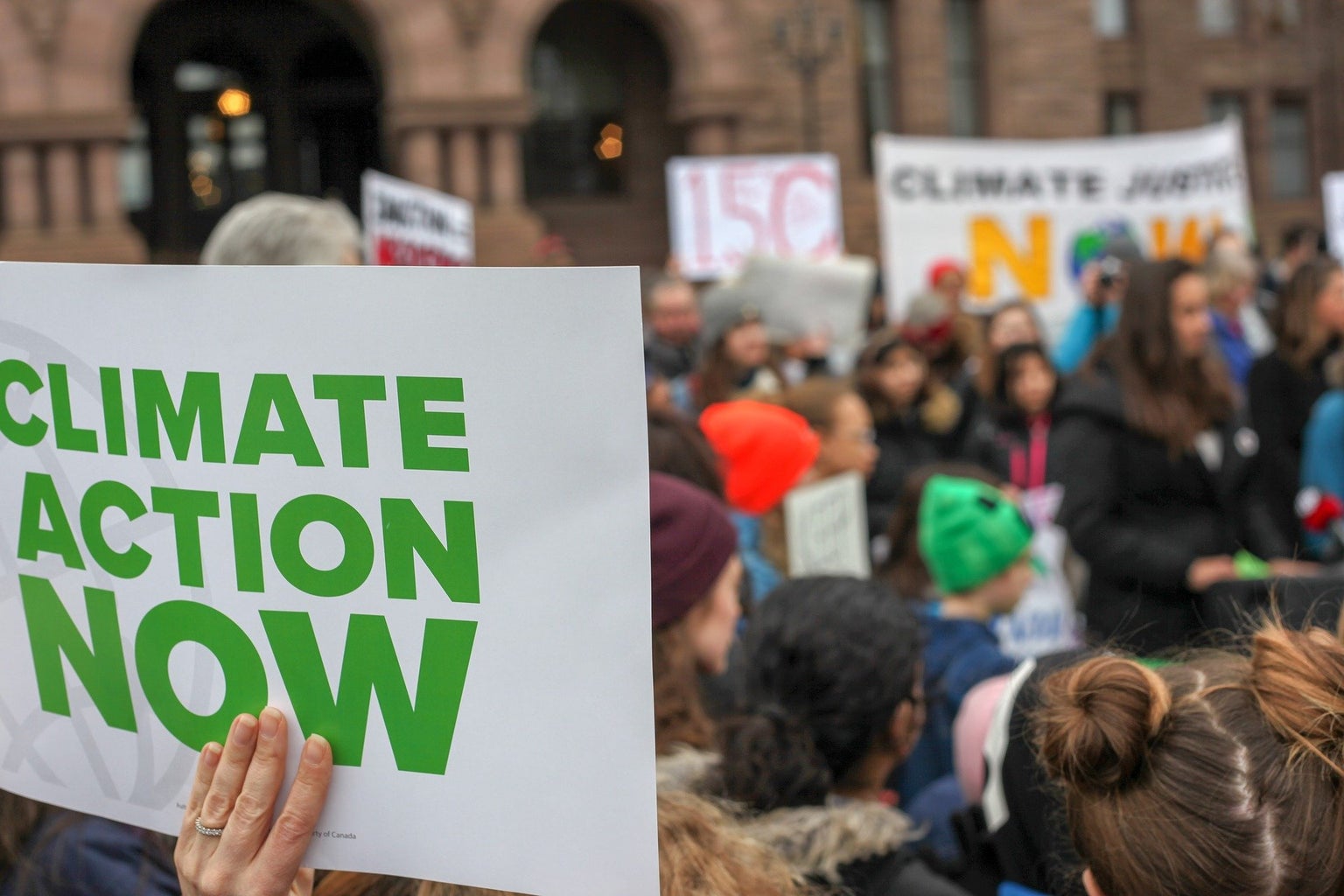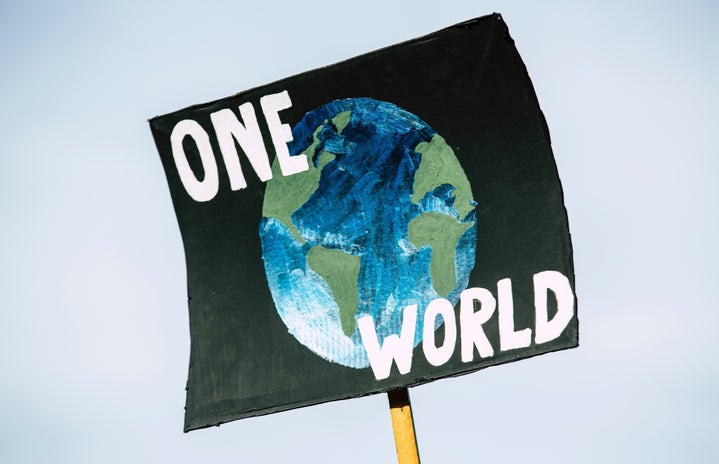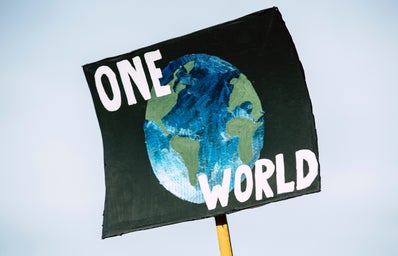When we think about climate change solutions we often think about food waste, solar energy, and reforestation. Images of windmills and electric powered cars come to mind. However, what people often forget about are the social norms that contribute to climate change. One of the most impactful social issues that contributes to climate change is gender inequality. The link between environmentalism and feminism is often referred to as ecofeminism. This term attempts to make a connection among the oppression of women and climate change.
Women have good reason to care about the intersectionality of environmental reform and gender because we are disproportionately affected by climate change. This is because of several reasons such as: gender-based violence, greater poverty rates, and societal norms which dictate women are meant to take care of everyday labor in their homes. Therefore, when faced with an environmental disaster, women are the most vulnerable to being displaced and typically don’t have the resources to rebuild their lives.

Statistics by the United Nations (UN) show that 80% of people displaced by climate change are women. These statistics become even more harrowing when dealing with indigenous women or women of color. After Hurricane Katrina struck the United States in 2005, African American women were the most affected by flooding that occurred in Louisiana. This was because many of these women were single mothers who were at high risk of displacement due to financial reasons.
Not only are women more likely to be affected by climate change, but we are also more likely to care about it and prioritize it when it comes to policy making. When women are put in leadership positions they have proven to be more likely to ratify international environmental treaties and protect natural resources such as oceans and forests. So if women are disproportionately affected by climate change and they are more likely to support environmental reform policy it should only make sense to educate them and put them in positions of power. Unfortunately, this is not always the case.
In the United States, women make up the majority of the population but they only make up 24% of members of Congress (as of 2018). This holds true even at the local level where women make up only 18% of governors and 23% of mayors. While there have been significant improvements in the last year, especially with the 2020 election. It is projected that women will make up 26.9% of Congress members following this election. Nonetheless, these numbers are not nearly as representative as they should be.

All of these are substantial steps that show we are slowly moving in the right direction! On a personal level, it is important to recognize that climate change solutions are not only innovative high-tech projects. Many of them are social issues that we can all take part in! Climate change affects each demographic differently and gender is no exception!



